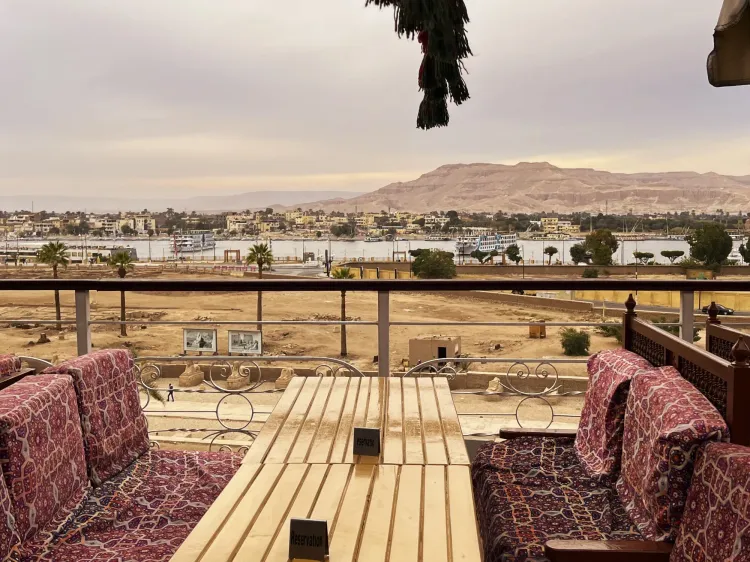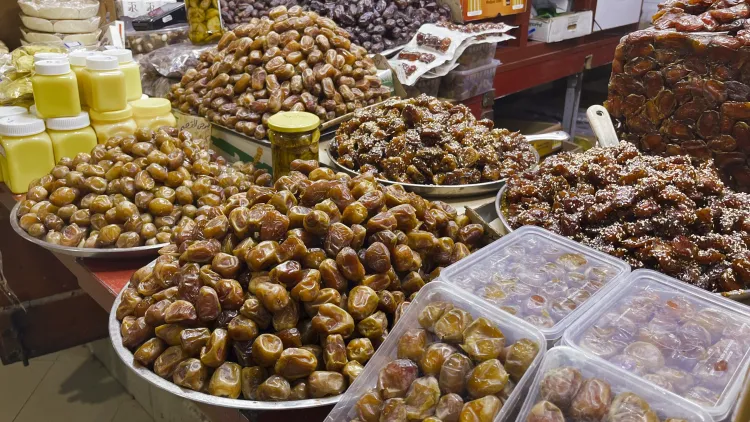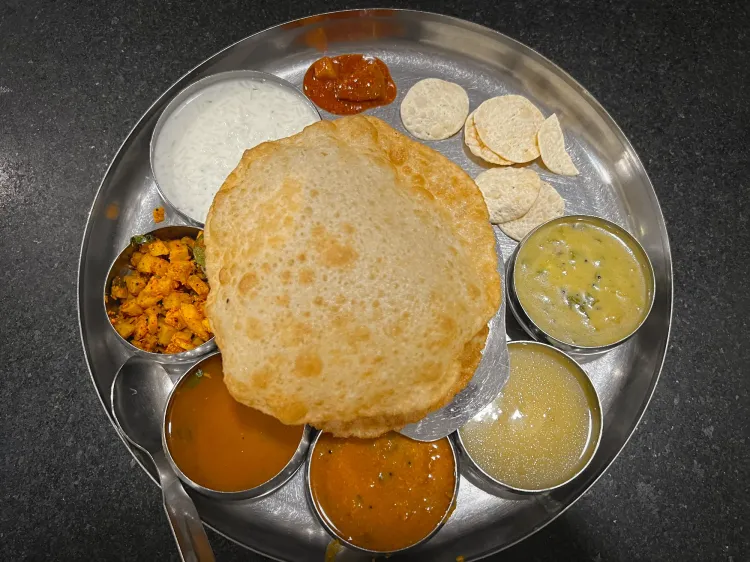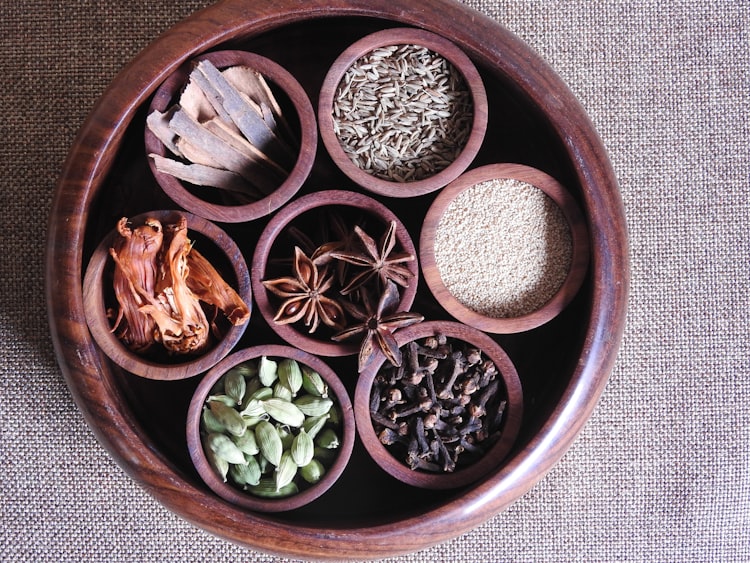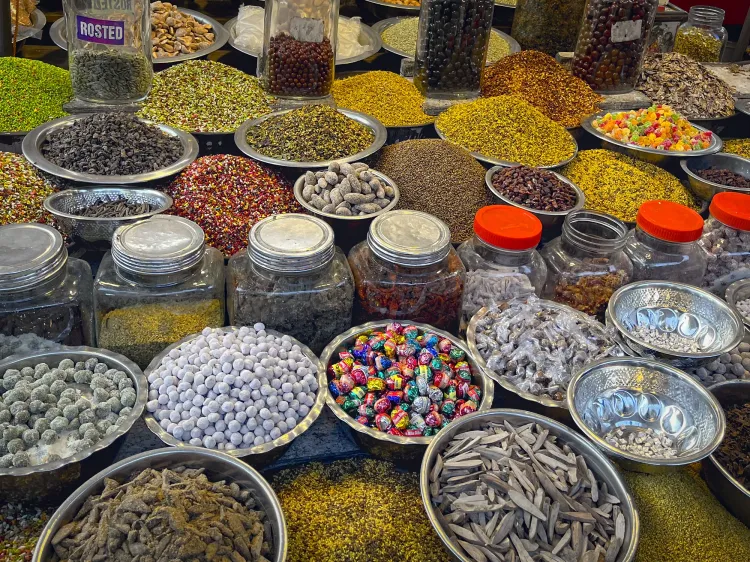Indian Gastronomy (Pt. 4 - Eastern India)
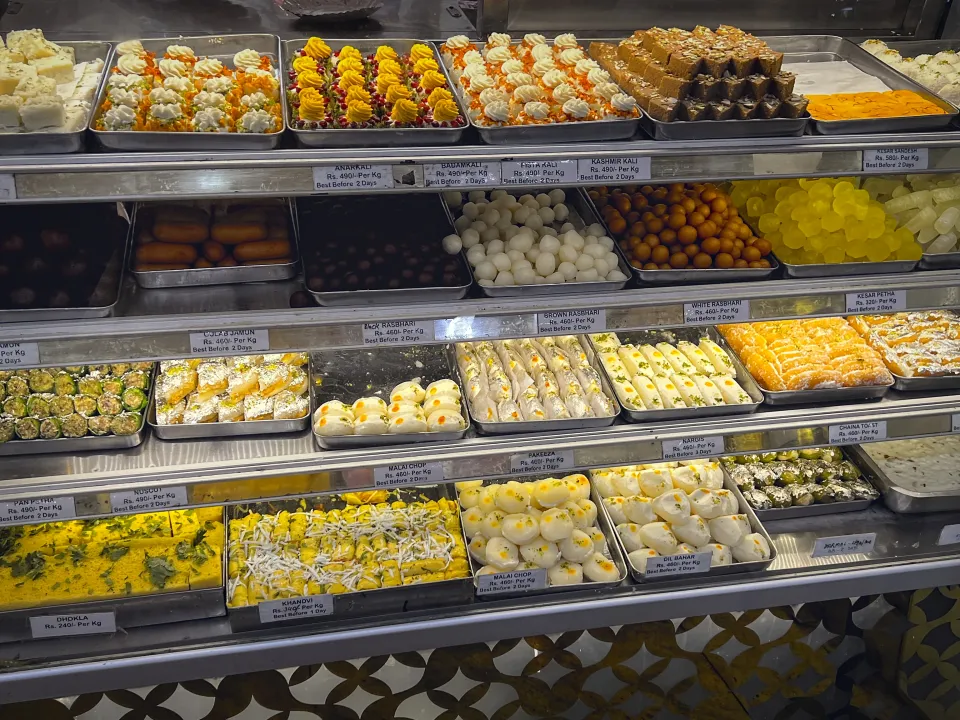
Indian gastronomy is one of the most influential cuisines on the planet. Thanks to the geographical variety and heavy uses of spices, the breadth and complexity of flavor of Indian food is absolutely incredible. From curries and breads, to lentils and stews, to heat galore, it is no wonder why Indian food is one of the most popular and beloved cuisines of all time.
India is one of the largest and most diverse countries in the world. Due to its sheer size, extreme regional variation, and depth of gastronomy, reviewing all of India in a single article would be completely overwhelming. India is most colloquially grouped together as North India and South India. Officially, it is divided into 6 zones: Northern, Central, Eastern, North Eastern, Western, and Southern. For the purposes of these gastronomy reviews, we will talk about India in 4 parts: Northern/Central, Western, Southern, and Eastern/North Eastern.
In Pt. 4, we will review East Indian cuisine. East Indian cuisine is known for its desserts. While East Indian cuisine is often overlooked internationally, its sweets are famous throughout India.
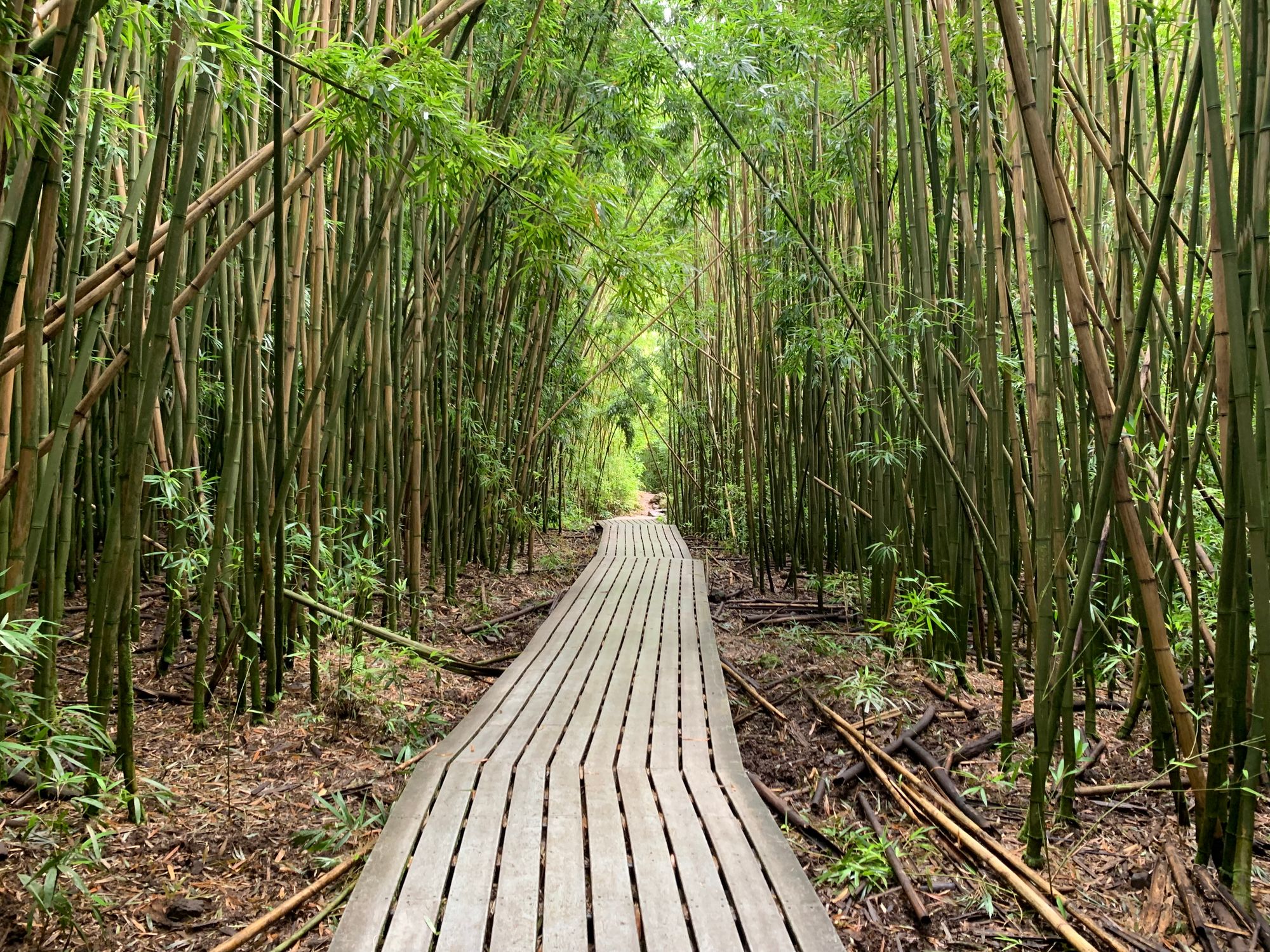
We have yet actually visited Eastern India. Our travels brought us throughout North, West, and South India, but not yet East. One day perhaps we will be able to visit. However, it felt incomplete to do gastronomy overviews for the rest of the country and leave out Eastern India. Plus, as just mentioned Eastern India is known for their Bengali sweets which we had plenty of during our travels. So at the moment, this is a placeholder overview with partial information for the region. Hopefully, it still provides some value.
Culture and Geography
History
India is one of the powerful ancient civilizations, having been around since the transition to agriculture thousands of years ago. India began with varying rules and dynasties primarily within the sub-continent: starting with the Vedas from Central Asia / Punjab, the Maurya Empire from Northern India, followed by the famous Gupta Empire, ending with the Tripartite struggle in the north and a series of empires (most notably the Chola) in the south. I say "ending" here not by any means because Indian empires and dynasties stopped in the 13th century with the decline of the Chola, but because this is when the subcontinent's primarily self-contained struggles are introduced to overwhelming external influences.
India had been trading and having a profound impact on the Middle East for most of the classic and medieval periods. The Middle East reciprocated this impact on India in a much more drastic way starting in the early modern era. Islamic conquests of Northern India began around the 13th century. These were held off by a resurgence of powerful Hindu states like Mewar in Rajasthan, but by 1556 the Mughal Empire had officially established rule in India. It was during this time that India received a large dose of Middle Eastern / Persian influence. Most of North Indian cuisine is based on the intermingling of these two major cultures during this period. New sets of ingredients, a shift towards rice as a staple of the Indian gastronomic identity, and the introduction to a wide variety of milk-based sweets completely morphed Indian gastronomy into what it is today.
India eventually ousted the Mughal Empire from its long rule, only the be replaced by the British shortly after. At the beginning of the colonial period, it was the Portuguese who had first established trading posts in India, most notably Bombay / Mumbai, and a territory in Goa. Additionally, the Dutch and the French also began to develop territories in India, but these territories were limited in scope and influence. While the Portuguese have significantly influenced the cuisine and culture of Western India, the East India Company, aka the Great British Empire, was the predominant colonial force in India. The British came to rule almost the entirety of India/Pakistan for hundreds of years (over a hundred years of partial rule, with a period of direct rule under the British Raj from 1858 to 1947). They brought tons of new ingredients from the Americas to finish enriching Indian gastronomy to its modern form. Finally, India gained its independence in 1947, splitting with Pakistan, and has remained that way since.
Regions
The regions that define East India are Assam, Arunachal Pradesh, Bihar, Jharkhand, Manipur, Meghalaya, Mizoram, Nagaland, Odisha, Sikkim, Tripura, and West Bengal.
Regions
Assam
Arunachal Pradesh
Bhiar
Jharkhand
Manipur
Meghalaya
Mizoram
Nagaland
Odisha
Sikkim
Tripura
West Bengal
Ingredients
India has one of the world's largest ingredient lists, as a key feature of the cuisine is spices. As can be seen below, there are so many spices in the Indian kitchen, and they are used in everything. An important note would be masala. Masala, translated as "spices", refers to a specific mix of spices that is used frequently in many dishes.
Most famously for East Indian food, Paanch Phoran, is a mix of fennel seeds, fenugreek seeds, mustard seeds, onion seeds, and white cumin seeds. East Indian cuisine is thematically less spiced than the other regions in India.
Major Spices
Garam masala
Chaat Masala
Paanch Phoran
Ajwain
Amchoor (dried mango powder)
Asafetida
Cardamom
Coriander
Cumin
Curry Leaves
Dried Chiles
Indian Bay Leaves
Fennel Seeds
Fenugreek
Mustard Seeds
Tamarind
Turmeric
Star Anise
East Indian food is known for its sweets. Dairy products play a huge role in the preparation of Indian sweets. Additionally, mustard oil and vegetable oils are popular frying agents in East India.
Major Ingredients
Chhena/Chenna (curd cheese)
Lentils
Chickpeas
Mung Beans / Green Gram (called Mung Dal)
Black lentils / Gram (called Urad beans)
Split yellow pigeon peas (called Toor dal)
Ghee (clarified butter)
Achaar (Indian pickles)
Mustard Oil
Yogurt
Paneer
Basmati Rice
International Highlights
Kathi Roll
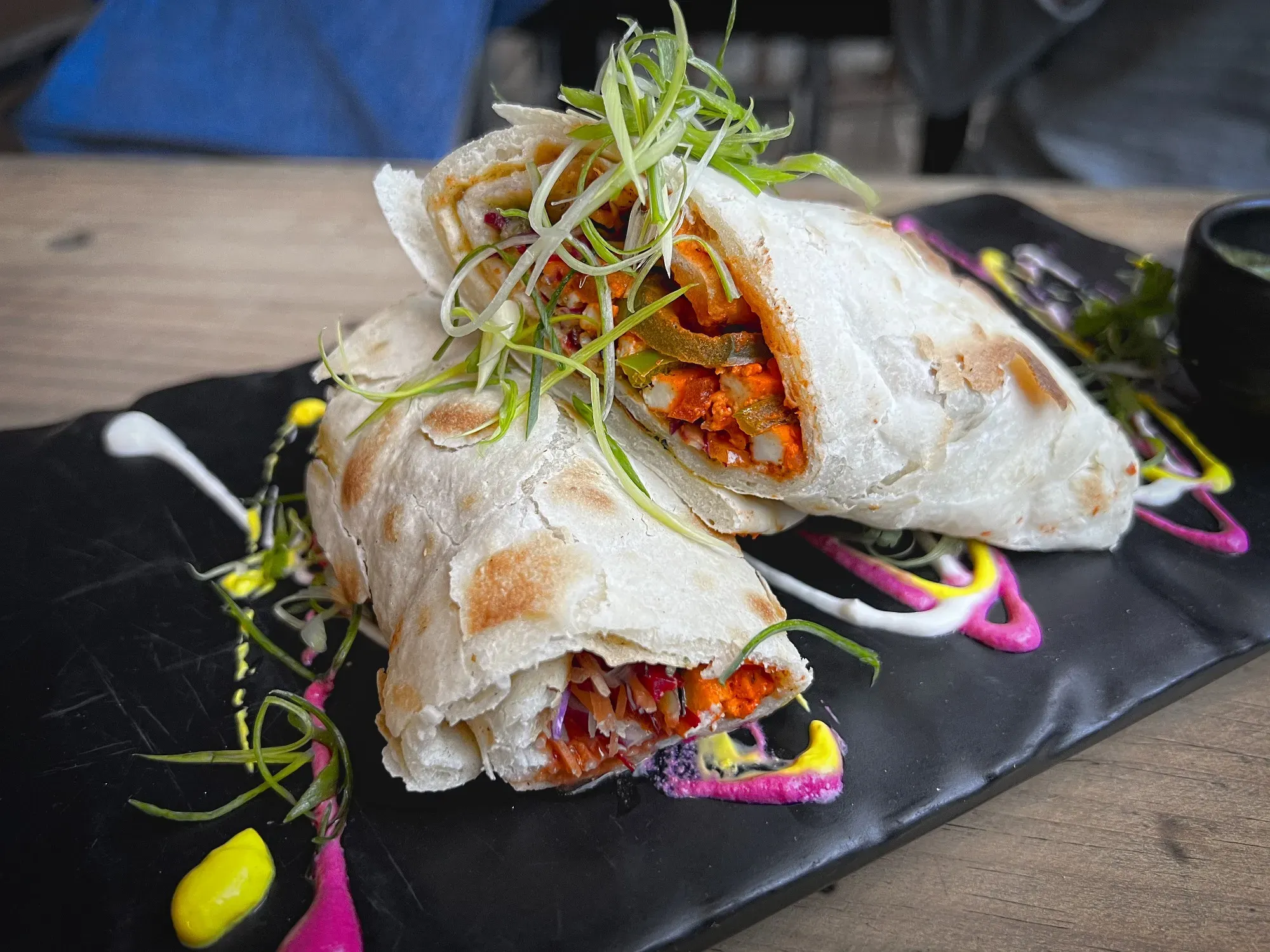
Kathi Roll (often just spelled Kati) is a popular street food originating from Kolkata, in the East Indian state of West Bengal. It is a wrap made with a paratha or roti bread that is stuffed with various fillings, usually chicken or lamb kebabs, vegetables, and a variety of sauces.
The Kathi Roll is said to have originated from the Nizam Restaurant in Kolkata during the British colonial period. There are a few origin stories for the Kathi roll, but the most popular is a restaurant owner, Nawab Akbar Khan, who wanted to create a portable meal that could be eaten on the go by busy office workers. He came up with the idea of wrapping kebabs and other ingredients in a paratha, which could be easily carried and eaten without utensils.
Over time, the Kathi Roll became popular throughout India and is now commonly found in street food markets and restaurants across the country. It is often served with a side of chutney or yogurt dip and is a popular snack or meal option for both locals and tourists.
Jalfrezi
Jalfrezi is a popular Indian dish made with marinated meat or vegetables stir-fried with onions, peppers, and a variety of spices. The dish is known for its bold flavors and bright colors, with a mixture of sweet and sour notes. The name "jalfrezi" comes from the Bengali word "jhal" meaning spicy and "frezi" meaning stir-fried.
The origin of Jalfrezi can be traced back to the Mughal Empire, where it was a popular dish among the royals. It was then adapted and popularized in British Indian restaurants during the colonial era, and has since become a staple in Indian cuisine.
Jalfrezi can be made with a variety of meats such as chicken, lamb, or prawns, as well as with vegetables such as bell peppers, onions, and potatoes. The dish is typically served with rice or naan bread, and garnished with fresh coriander leaves.
Bengali Sweets
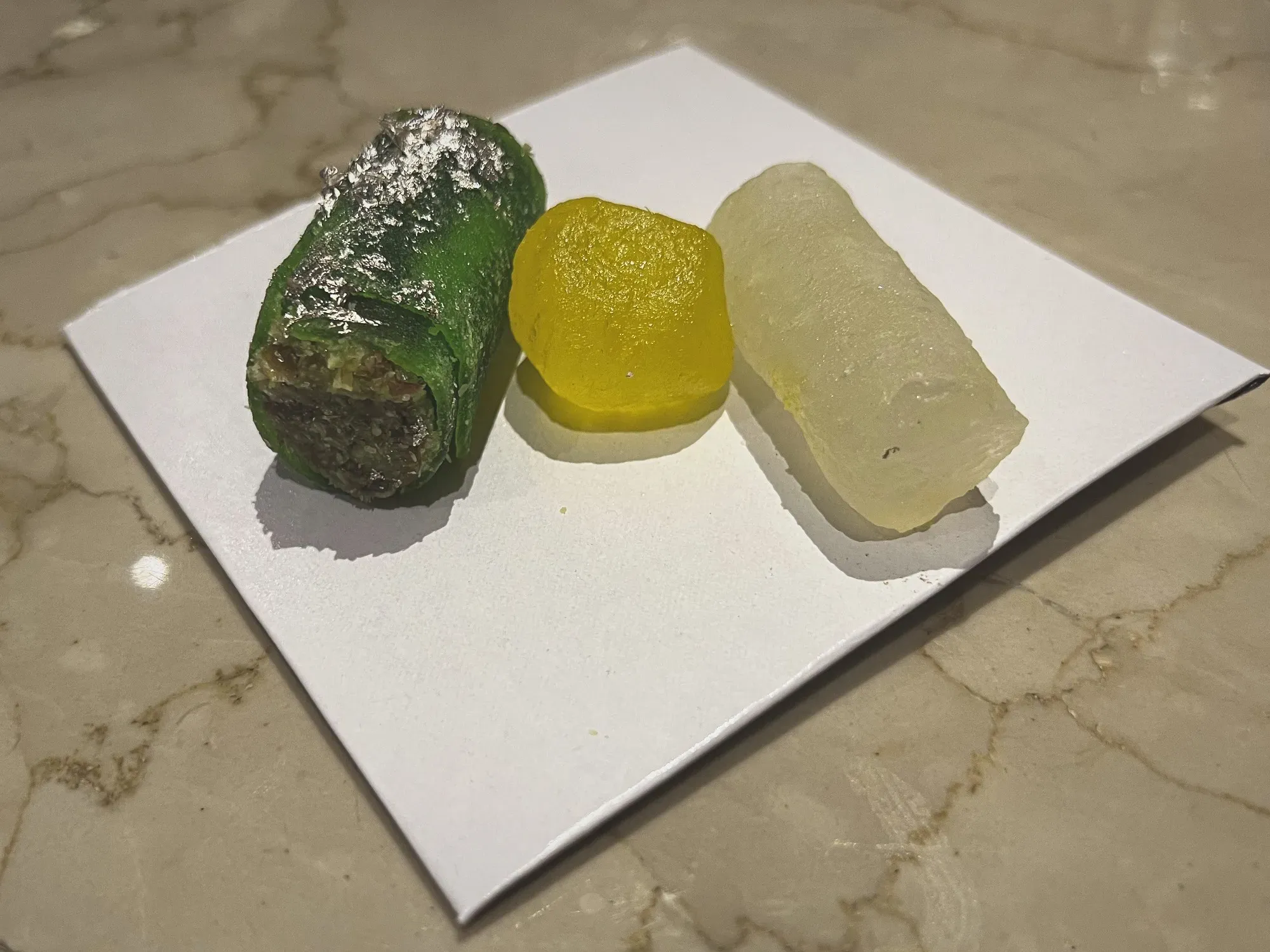

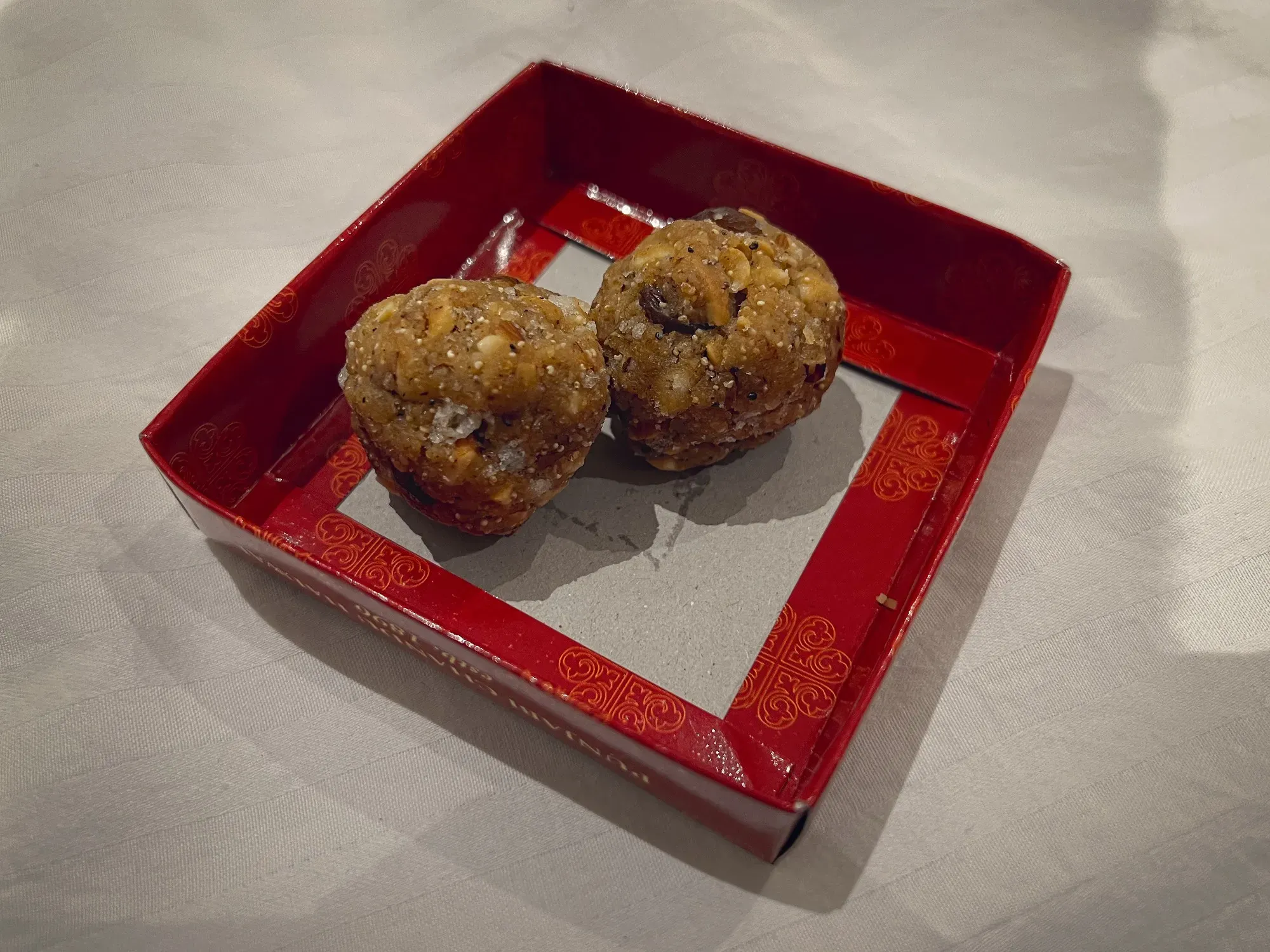
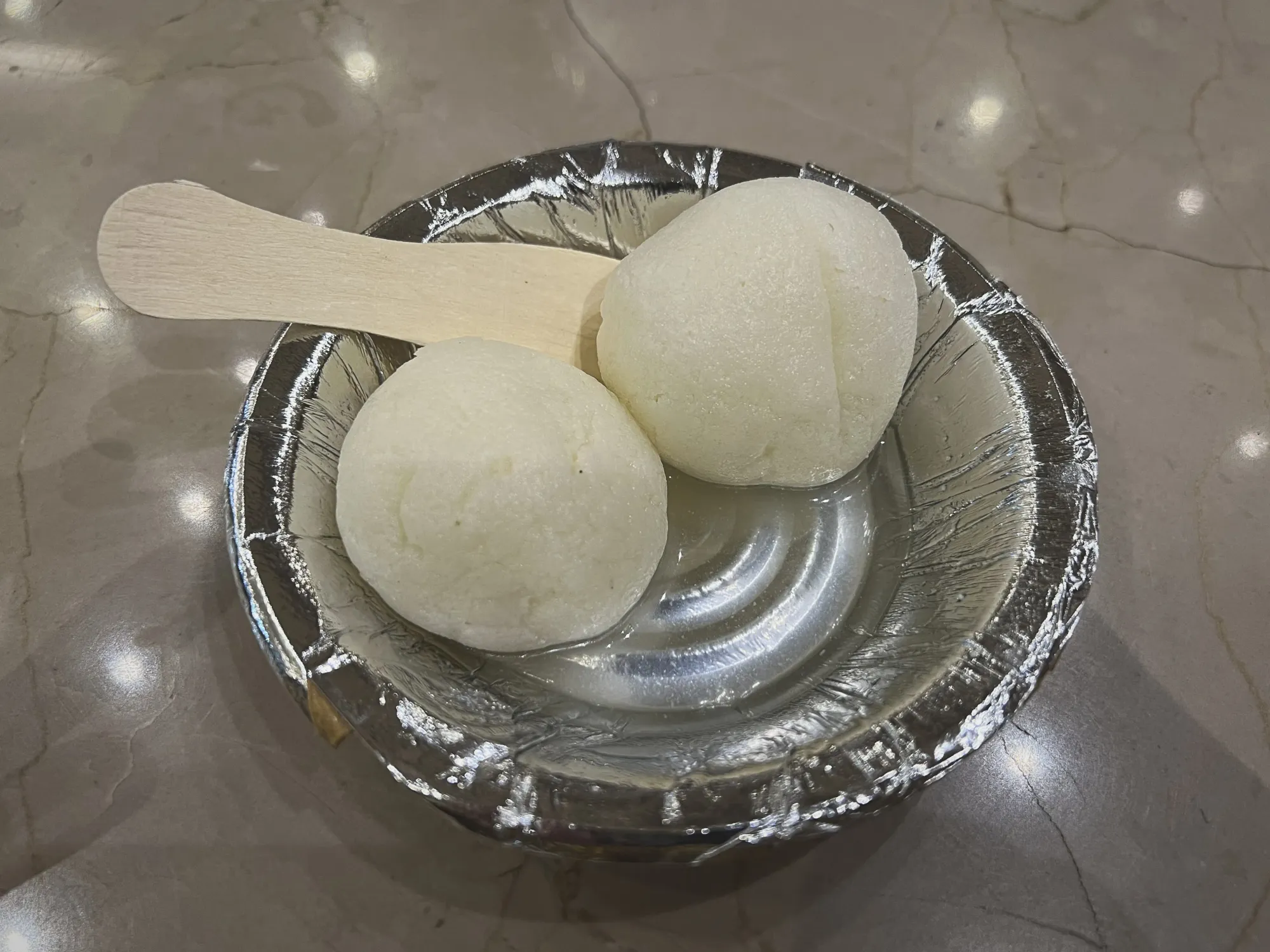
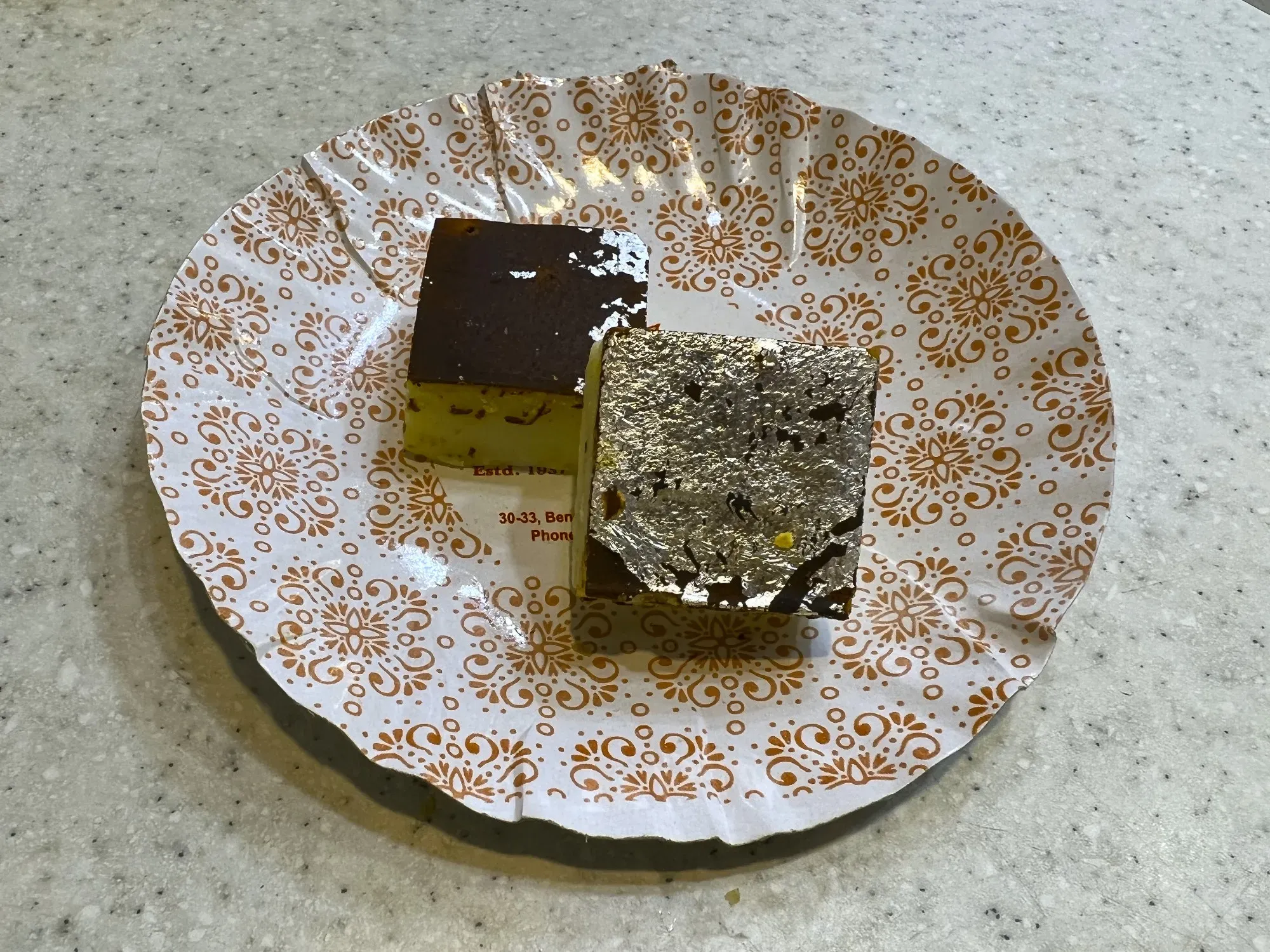
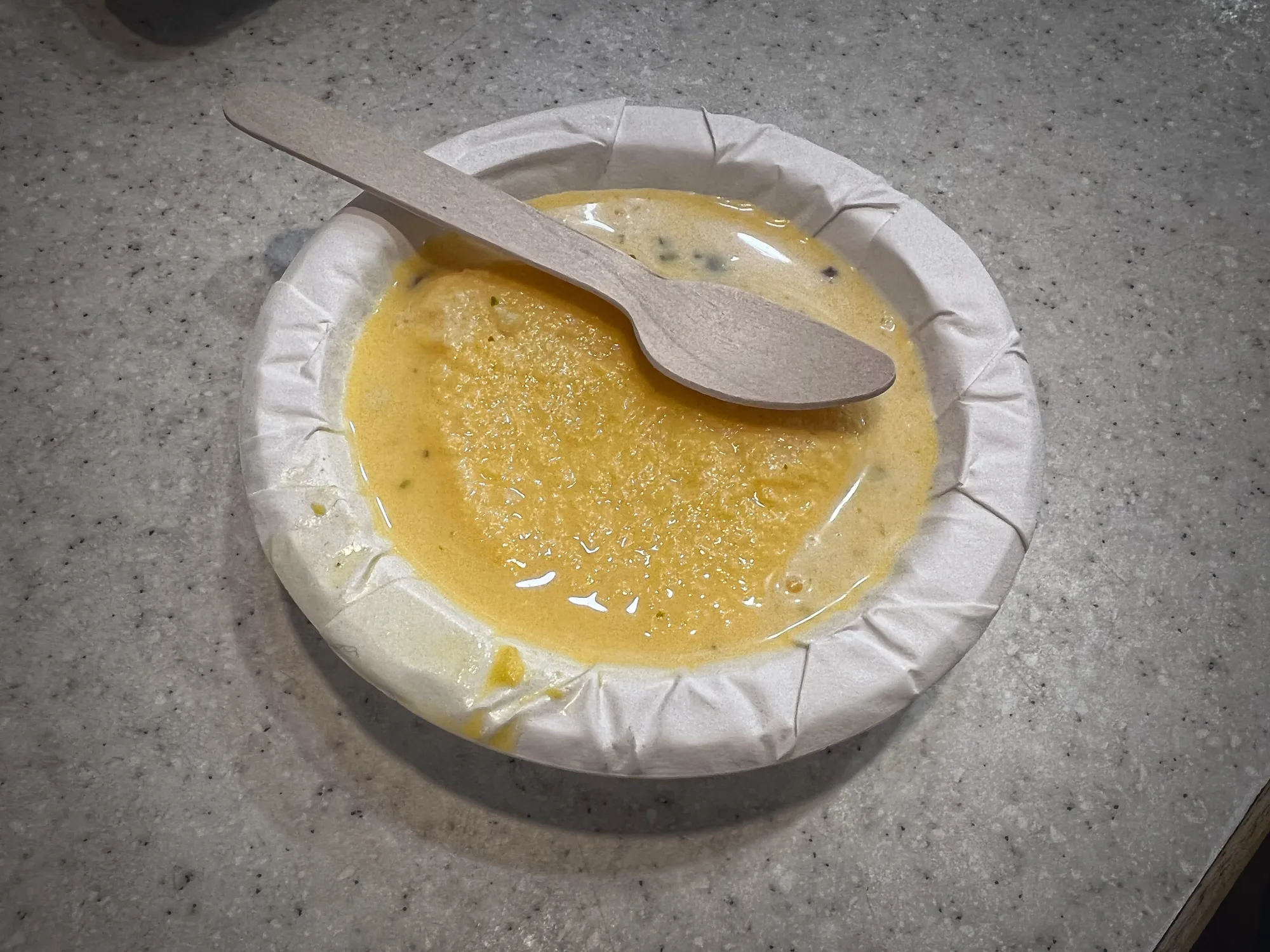
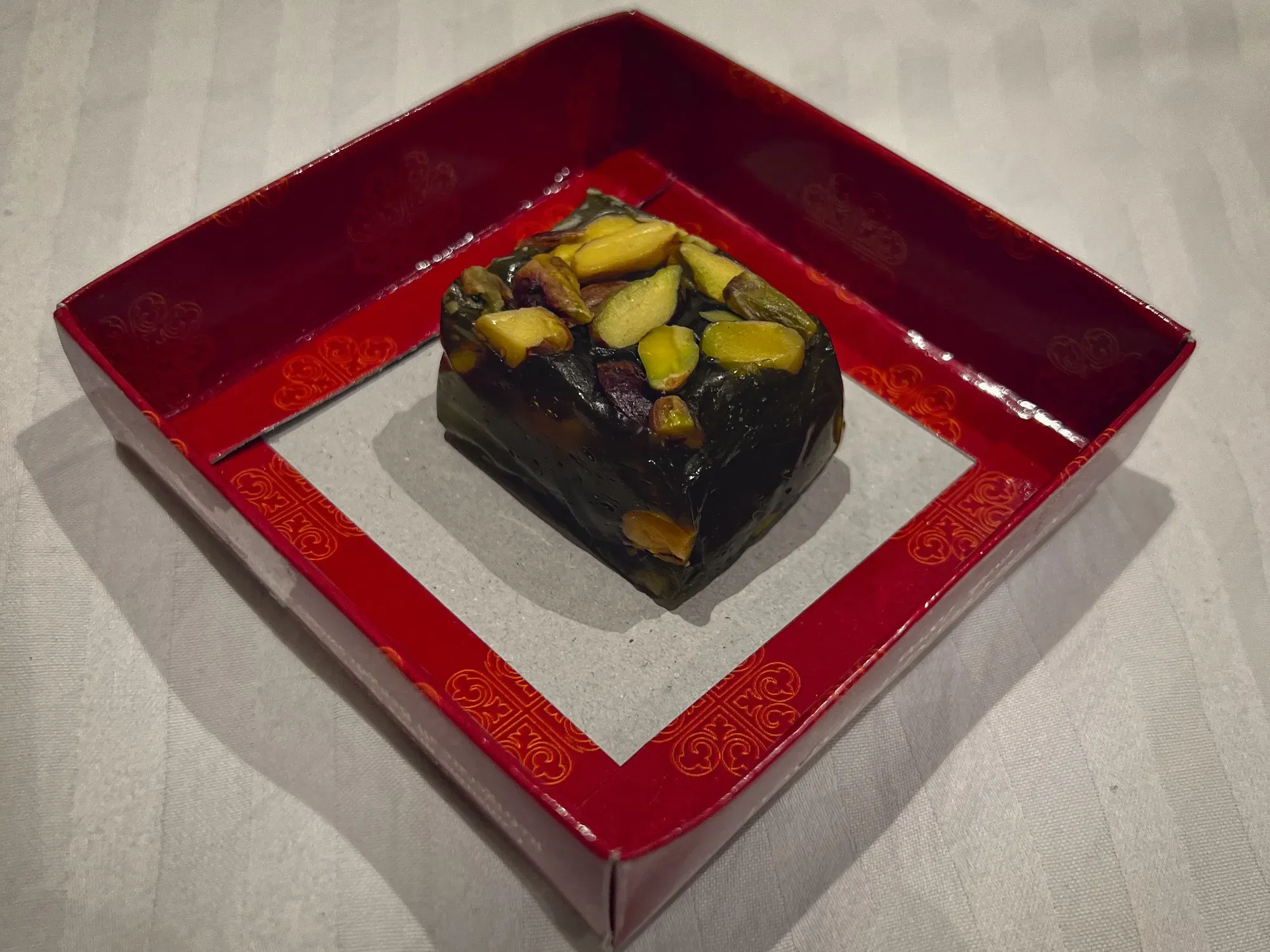

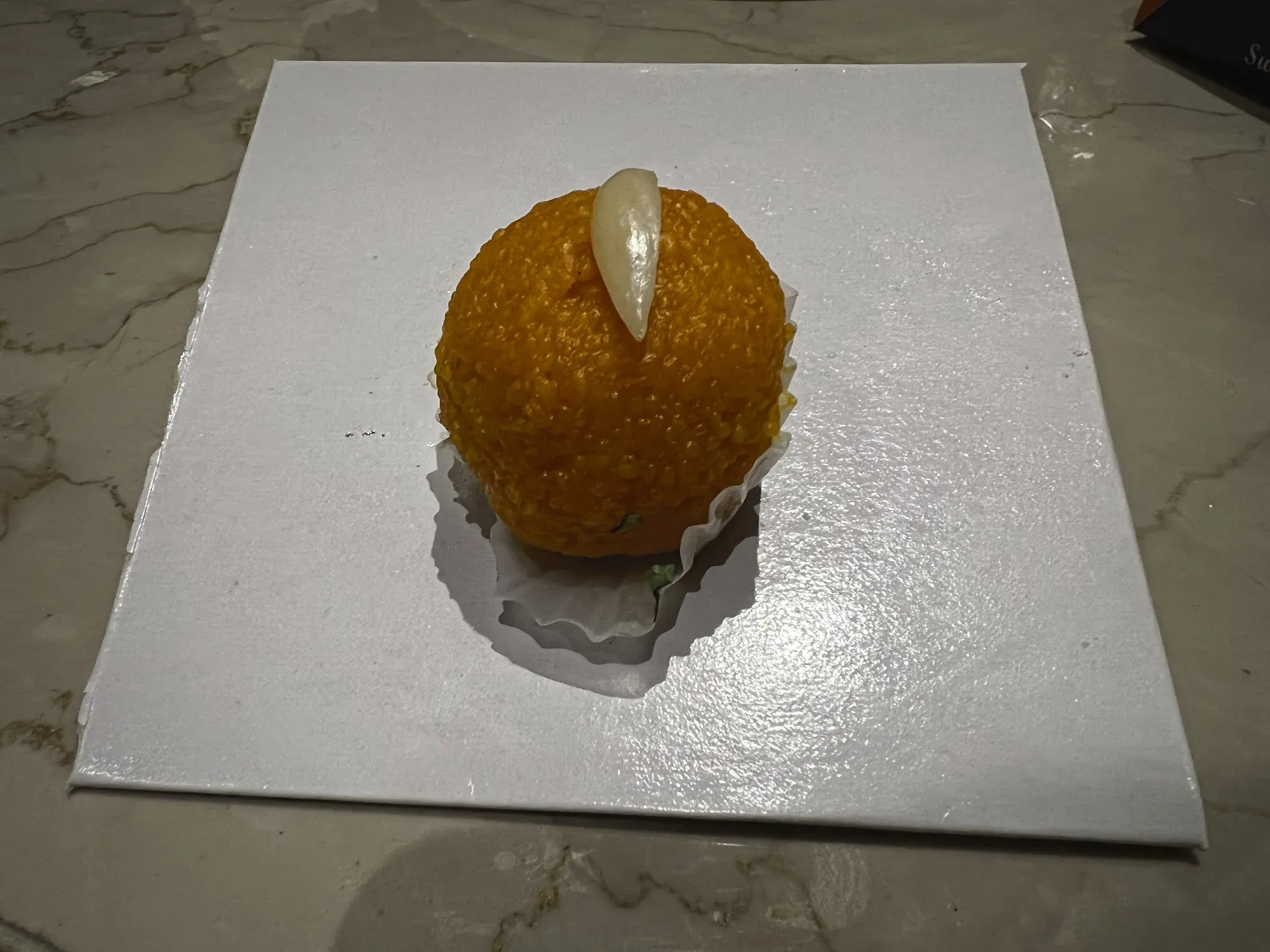
Bengali sweets, also known as mishti, are a popular and integral part of both Indian and Bengali cuisine, originating from the East Indian state of West Bengal. These sweets are made from milk, chhena/chenna (curd cheese), flour, sugar, and other ingredients, and are known for their unique flavors and textures.
Bengali sweets are not only popular in India but have also gained popularity worldwide. They are an essential part of Indian festivals, celebrations, and special occasions. The art of making these sweets has been passed down through generations and has evolved over time. The use of chhena in Bengali sweets is unique to this region, and it gives the sweets a distinct flavor and texture.
Below is a list of some popular Bengali sweets (a few general Indian sweets that did not have a clear origin in the North, South, or West are bundled here to encompass a broad, high-level Indian sweet overview):
- Ras Malai: a sweet dessert made with spongy cottage cheese balls soaked in sweetened, thickened milk, originated from Bengal.
- Rasgulla: a round-shaped syrupy dessert made with chhena (cottage cheese) and sugar syrup, originated from Odisha.
- Rosogolla: Similar to Rasgulla, Rosogolla is a syrupy sweet made from chhena and dipped in sugar syrup. However, it is a bit softer and sweeter than Rasgulla and is equally loved by Bengalis.
- Cham Cham: Also known as Chomchom, these oblong-shaped sweets are made from chhena and soaked in sugar syrup. They are often flavored with saffron or rose water and are a popular dessert during festivals and celebrations.
- Sandesh: Another famous Bengali sweet made from chenna, Sandesh comes in many different varieties and flavors, including plain, chocolate, and fruit-based.
- Mishti Doi: This sweetened yogurt is a classic Bengali dessert that is made by fermenting sweetened milk. It has a creamy texture and a tangy taste.
- Pantua: This is a close cousin of Gulab Jamun, a popular Indian sweet. It is made by frying small balls of chhena dough and soaking them in sugar syrup.
- Ladoo: Ladoo is a popular Indian sweet made with flour, sugar, and ghee. The ingredients are mixed together to form a dough, which is then shaped into small balls and often garnished with nuts, saffron, or other toppings. Ladoos are made in many variations throughout India, with some of the most popular including Besan Ladoo, Motichoor Ladoo, and Coconut Ladoo.
- Chhena Poda: A dessert from Odisha made with chhena, sugar, and cardamom powder, baked until it turns golden brown.
- Peda: Peda is a popular Indian sweet made from milk and sugar. The ingredients are cooked together until the mixture thickens, and then shaped into small rounds or flattened discs. Peda is often garnished with nuts, saffron, or cardamom powder. Especially popular in the western states of Maharashtra and Gujarat.
- Rabri: Rabri is a traditional Indian dessert made from thickened milk, sugar, and nuts. The milk is boiled and then simmered until it thickens, with sugar and nuts added for flavor. Rabri is often served cold and is popular throughout India, especially in the North.
- Kaju Katri: Kaju Katri, also known as Kaju Barfi, is a popular Indian sweet made from cashew nuts and sugar. The cashews are ground into a paste, which is then cooked with sugar until it forms a thick dough. The dough is then flattened and cut into diamond shapes. It is often garnished with silver leaf or saffron. Kaju Katri is popular throughout India, especially in the North.
Chai
Since we used the above section as a bit of a catch-all for a lot of Indian sweets, let's run it back with Chai! Chai, translated as "tea", is a popular tea beverage originating from India (not necessarily Eastern India, but here it will be introduced). It is made by brewing black tea with a mixture of aromatic Indian spices and herbs, such as ginger, cardamom, cinnamon, cloves, and black pepper. The tea is typically sweetened with sugar and mixed with milk to create a creamy, spiced flavor.
Chai has been enjoyed in India and Pakistan for centuries and has become popular worldwide, with variations on the recipe in different regions. In India, chai is often made at home and served to guests as a symbol of hospitality. It is also a staple of Indian street food culture, with vendors selling the hot, fragrant beverage in small clay cups.
Regional-Specific Shoutouts
Hilsa
Hilsa, also known as Ilish, is a type of fish that is considered a delicacy in Bangladesh, West Bengal, and other parts of East India. It is a popular dish during the monsoon season, when the fish migrates from the Bay of Bengal to the rivers in the region to breed. Hilsa is usually cooked in a variety of ways, including steamed, fried, smoked, or cooked in curries. The fish has a distinct flavor and texture, with soft and flaky flesh that is rich in omega-3 fatty acids.
Hilsa has been a part of the cuisine in the region for centuries and is deeply ingrained in the culture of the people. It has been celebrated in literature and music, and is an important part of many cultural festivals and events. The demand for Hilsa is high, and it is often considered a luxury food due to its scarcity and high cost.
Machcher Jhol
Machcher jhol is a traditional fish curry from the eastern Indian state of West Bengal. It is a light and soupy fish curry that is typically made with freshwater fish such as rohu or katla, and flavored with spices such as cumin, turmeric, ginger, and green chilies. Other common ingredients include potatoes, onions, and tomatoes.
Machcher jhol is a staple dish in Bengali cuisine and is typically served with steamed rice. It has a mild and delicate flavor that allows the natural taste of the fish to shine through. The dish is popular not only in West Bengal but also in neighboring states like Assam and Odisha, where variations of the dish are prepared using local ingredients.
Litti Chokha
Litti Chokha is a popular dish from the Indian state of Bihar. It is made with wheat flour balls filled with a mixture of roasted gram flour, spices, and sometimes, chana dal. These balls are then baked over charcoal and served with a spicy mixture of mashed potatoes, brinjal, and tomato known as chokha.
The origins of Litti Chokha can be traced back to the Magadha region of Bihar, where it was a popular dish among laborers and farmers due to its filling and nutritious nature. Today, it is a staple food in Bihar and has gained popularity in other parts of India as well. It is known for its rustic and earthy flavors, which are a result of the baking process over charcoal.
List of Other Things to Try:
- Pitha: A type of rice cake or dumpling popular in the eastern states of India, such as Assam, Odisha, and West Bengal.
- Khaja: A crispy layered sweet snack made with flour, sugar, and ghee, originated from Bihar.
- Dalma: A lentil and vegetable stew from Odisha, made with vegetables like pumpkin, raw banana, and yam.
- Assamese Fish Curry: A spicy fish curry from Assam, made with fish like Rohu or Katla and Assamese spices like bhut jolokia (ghost chili).
- Chungdi Malai Curry: A prawn curry made with coconut milk, ginger, garlic, and a variety of spices. This dish is popular in Odisha and West Bengal.
- Ghugni: A street food from Bihar and West Bengal made with boiled yellow peas, mixed with spices and served with chopped onions, tomatoes, and green chilies.
- Chakuli Pitha: A rice flour pancake made in Odisha, similar to dosa but thicker and softer, usually served with dalma (lentil soup).
- Aloo Posto: A dish made with potatoes and poppy seeds, popular in West Bengal.
Resources
Restaurant Recommendations
None yet. Stay tuned!
To see an extensive list of restaurant recommendations in India, check out the Restaurants page to see a map of our top recommendations for Asia as well as the database with details on restaurants from all around the world.




